Disclaimer: The following contents are independent findings of the Editorial Board and not in any way an extension of the District/School’s stance on the ongoing investigation. The results of the following are the perspectives and opinions of the student body and the larger community, and not the individual opinions of the members of the Editorial Board. The School District and Administration are aware of this journalistic piece on the current investigation. The intention of this piece is not in any way to comment politically on the statements made, but rather to take a stance on the effect that it has had on the student community. Sources in this piece will not indicate gender to abide by anonymity and confidentiality.
“The people shall not be deprived or abridged of their right to speak, to write, or to publish their sentiments; and the freedom of the press, as one of the great bulwarks of liberty, shall be inviolable.”
– James Madison (1789)
On Aug 29, 2025, the Issaquah School District and Issaquah High School Principal Erin Connelly made a statement about an unfolding investigation surrounding an IHS teacher on controversial social media comments and videos. Within this statement, the district cited state policy RCW 28A.600.477, which regards student disruption. This came as a surprise to numerous students, community members, parents, and teachers who watched the district place a long-standing staff member on non-disciplinary leave. The comments made by the teacher on social media included disdain for the current presidential administration and support for the ‘Free-Palestine’ movement. With over 52,000 shares on various social media platforms, including Twitter and Reddit, discussions emerged from various standpoints. As a result of the investigation, misinformation has been rampant among the student body. This investigation prompted us, as the Editorial Board of the Issaquah High Times, to investigate the validity of claims of ‘disruption’ and explore the line of free speech in our current political climate.
Earlier last year, in Beverly Hills, California, AP U.S. History teacher Joanie Garratt wrote on Facebook that she was “disheartened” by a school rally on Nov. 6, 2024, in support of President-Elect Donald Trump. She criticized how MAGA supporters “harassed and intimidated many other non-MAGA students and specifically targeted the class where the Black Student Union was meeting, yelling all kinds of racial slurs.” Garratt ‘resigned’ shortly after the post. According to KTLA’s article, the district “categorically deni[ed] the assertion that Ms. Joanie Garratt was terminated from her position.” However, Ms. Garratt later filed a wrongful termination suit against the district, which has since stated that she has remained on as a substitute teacher. A similar situation unfolded earlier this year at R.C. Murphy Jr. High School in New York. Science teacher Pamila Pahuja was placed on leave after Facebook screenshots showed an alleged post where she wished Trump supporters would “slowly wither away.” In both cases the districts stated that their main concern was student safety and upholding a respectful educational environment where all students and staff feel valued.
State law (RCW 28A.600.477) that ISD cited as the basis for the investigation had a similar line of reasoning: concerns regarding the ability to foster a safe environment for students and staff.
More locally, on Sept. 16, 2025 North Creek High School’s Principal Eric McDowell posted on his private Instagram story responding to the Charlie Kirk shooting, “Thoughts and prayers,” he wrote. “Too bad gun control would have been far, far more effective (he’d still be alive). Maybe thoughts and prayers will work..oops – nope.” This prompted attention from various right-wing social media accounts. Shortly after, the District stated that a third-party investigation was launched following his resignation.
Legal and Institutional Insights on Investigation
Editor’s Note: The Editorial Board reached out to the ACLU for a comment, in which they said they have no statement to make on the situation at this time. Furthermore we have also reached out to the teacher in question for a statement and have yet to receive comment.
To get a comprehensive legal take on this situation, we decided to reach out to a lawyer at the Student Press Law Center. They argued that since the teacher referenced specific classroom activities–such as the Pledge of Allegiance and how it would be implemented–the district has legitimate grounds to investigate. The Editorial Board also reached out to the Issaquah Education Association, which is the district union that bargains teachers’ contracts. The following is a statement from IEA President Derona Uzzle on the union’s stance on the investigation thus far:
“Educators, like all citizens, have the right to free speech, but our role in the classroom adds a unique layer of complexity. Weingarten Rights helps ensure that concerns around freedom of speech are handled with due process. This is the cornerstone of our democracy. Our District has regulations around student and staff self-expression in regulations 3220 & 5254. – Derona Uzzle Issaquah Education Association President”
Editor’s Note: 3220 & 5254 refer to district regulation on teacher expression. For more details on specific clauses, click on the embedded links.
Additionally, ISD provided the Editorial Board with a media statement stating:
“The Issaquah School District is committed to the safety and well-being of every student, which includes maintaining welcoming learning environments for students of all backgrounds. Recently, the district learned that an employee shared multiple political comments and videos on their personal social media accounts, including some recorded in an empty classroom. This activity has created disruption in our schools and raised concern among students, families and the community. While we respect employees’ First Amendment rights, and acknowledge the employee’s cooperation, state law and district regulations require that staff expression not interfere with the orderly operation of schools or students’ education. As a result, the district is placing the employee on non-disciplinary leave pending the outcome of an investigation. District leaders will remind staff of the regulations and laws governing expression in our schools.”
Anonymous Student Five mentions an alleged video made by the teacher a year ago on personal social media that also garnered heavy social media attention. From our understanding, this was never investigated by the district or brought to light.
“I think I remember another controversial video [the teacher] posted last year, regarding Ramadan. The video was about [the teacher] ‘implementing’ this new eating policy in the classroom, which was that, since some of [the teacher’s] students were Muslim, [the teacher] wouldn’t let any other students eat during class. It kind of blew up, that video too… to the point where [the teacher] had to make several videos about the original video, further explaining the situation and defending [their actions] against hate comments.”
The Nature of Disruption in the Classroom
One student recalls that during the first week of school, while the teacher was introducing themselves and outlining the year’s coursework, one of the Assistant Principals walked into their class. He told the teacher they were needed in the office. The teacher asked, “Should I bring my things?” and was told yes, leaving the class confused. Anonymous Student Four goes on to say that they had heard from peers that the teacher was called out periodically throughout the day. Eventually the teacher packed up their things and left with only a goodbye. Students felt the way the teacher was pulled out of class was disruptive.
Another concern among the current AP Spanish students of the teacher in question, is the class’s lack of direction and amount of curriculum being taught following the teacher’s leave. Anonymous Student One said that, while by no means is their “current substitute bad, a substitute teacher on such short notice can only do so much. While she speaks a little bit of Spanish, she clearly does not have the same passion for teaching Spanish that [the teacher] obviously did. It feels to me that only I’m learning 10 or 15% of what I could potentially be if [the teacher] were to be there.”
Furthermore, Anonymous Student One adds, that because AP Spanish was a main class taught by the teacher in question, each day [the teacher] remains gone gets even harder on students. Even though [the teacher] has only been gone for “two or three weeks of school, the AP test date doesn’t change.”
This investigation has not only been difficult for students but for parents as well. One concerned Anonymous Parent of an AP Spanish student had the following comment on the impact this situation has had on their student’s learning.
“Placing [the teacher] on indefinite leave has dramatically affected my child, and quite frankly, our entire household. First and foremost are all of [the teacher’s] students-they are the ones suffering from this entire situation. While a certified substitute teacher was placed in the classroom, she is not a certified teacher. On curriculum night, the IHS principal stood in the classroom and shared with us parents that the substitute has 3 years of college-level Spanish. I have 4 years of college-level Spanish and lived in a South American country for 2 years, yet I am still not qualified to be an instructor of an AP-level course. My child is dejected and frustrated in class. Spanish is not being spoken enough. Only so many packets can be completed.”
Additionally, during a recent school board meeting, a parent provided additional information and context regarding the impact of the teacher in question’s absence from the classroom.
“What I and many other families need is visible, meaningful action to support the approximately 150 students impacted by this disruption. Communication from the district to affected students and families has been minimal and inadequate. As a result, students feel disillusioned, unsupported, and are not receiving the instruction they need and deserve…They are now trapped, unable to transfer to a lower-level Spanish class, and many families are being forced to hire private tutors. We have been informed that the substation is receiving lesson plans from the teacher of record. We are asking the district to communicate clearly and directly with these students. Let them know what is happening. Provide a plan. Show them they are not being left behind because that is the way they feel. I, along with at least a dozen other concerned parents, if not more, have spent the past several weeks seeking answers and have received basically none. In response to an email sent by my daughter and two of her AP classmates to various district employees, they were told, “The quality of instruction you receive in school is important to us.” If that is the case, then it is time to demonstrate it through transparency, communication, and decisive action. Today, 9/25/25, is the 18th day that [the teacher] has not been in [the] classroom. That is 18 days less of AP preparation.”
The district’s response to the email sent by the AP students and to parents conflicted with other student accounts, as they say no assignments have been graded despite being given daily packets.
This is corroborated by Anonymous Student Four:
“We don’t even know if there are units or anything. We haven’t heard about tests, assessments or anything like that. There’s one assessment in Canvas called ‘informal speaking’ and we’re not ready for that at all. We don’t even know if it’s actually happening. There’s nothing [in the grade book], and I’m worried my semester grade is going to be N/A.”
Other students have shared that they are not even sure where assignments are coming from and this was not explicitly communicated with them. A few have claimed that the substitute told them that assignments are a combined effort between another Spanish teacher at the school and the teacher in question working asynchronously.
Editor’s note: There are various versions of understanding to who is assigning the students work right now. The only things we have confirmed at this time is that as of September 26th nothing has been entered into Canvas and that the students still have a substitute.
The teacher in question was described to be engaged and enjoyable to work with in class, with Anonymous Student Six saying, “If we still had [the teacher], we would have a fun environment and class to learn in, and my parents agree with me and are frustrated […] that I don’t have this good teacher anymore.”
Furthermore, a student has also voiced concerns of feeling that their social media presence could also be scrutinized the same way, stating: “I’m not on social media and I wouldn’t have made super bold statements that could bring attention to me, but now [after this situation] I definitely won’t go and make bold [political] statements.”
Examining Parental Safety Concerns
Editor’s Note: We spoke with various parents from both sides of the situation, in the case of sections without direct quotes this is a result of upholding anonymity and confidentiality (on background) as directly requested by interviewed parents.
In taking a closer look at the teacher’s social media comments, the Editorial Board notes that much of the controversy centers on the phrase, “Two changes I’m making in my classroom this year.” Setting aside political opinions, this raises a legitimate concern for parents with differing views who may question how such statements could affect their students in the learning environment. Concerned parents have stated that the mention of ‘Free-Palestine’ in the video is an indication of a potential hostile learning environment for Jewish and Israeli students, referencing the [potential] disruptive nature of ‘Free-Palestine’ walkouts in the last couple of years at IHS and around the country. However, they disagree with the hate that the teacher has experienced online, and stress that despite differences in beliefs, violence and hate speech should be condemned. Though, they note that they no longer feel safe or trust the teacher teaching students at IHS even if the teacher expresses remorse. They believe they cannot take the risk of the teacher potentially losing composure with her students and that ultimately it is a potential scenario they can not disregard or ignore.
Deconstructing Social Media Reactions
The Editorial Board has reasonable belief that a big factor in the launch of this investigation is the strong community reaction to the statements made. Some users online that work in higher education believe that the teacher should have been more cautious with their words. One Reddit User added that, “Free speech is about the ability to choose your words, not the safety of those words.”
On platforms like X and Instagram, we found various comments that violate social media community standards, insinuating hateful comments against the teacher. Some people commented derogatory terms like, “Stupid Child,” “Moronic piece of sh*t,” and that [the teacher] is “turning children into terrorists.”
On the other hand, many students have had differing perspectives on the video’s intent. Anonymous Student Three states, “I think it’s a law that students don’t have to stand for the National Anthem, or say the Pledge of Allegiance. It’s not required. So [the video] was definitely made in a satirical manner, and I think[…] it’s been taken too far.” When asked about the district’s response to community reactions, the student explains that “From what I’ve observed, [the district is] becoming more conservative-leaning. I also know that there’s a big upcoming district election in November. Because of this, I think the district is trying to keep good PR with their response to the [teacher] situation, but it isn’t going great. I think if [the teacher] situation had happened in a different political climate, we wouldn’t have seen this.”
Amidst the political backdrop, students are left wondering if this was actually a violation of district policy or just lack of professionalism, if this is censorship or a citizen exercising their first amendment rights, and if all the drama and noise is more damaging than the actions themselves.
Editor’s Note: The legal precedent above refers to the landmark Supreme Court case West Virginia State Board of Education v. Barnette (1943).
External Educator Voice: Teaching Standards v. Professionalism
Editor’s Note: The Editorial Board reached out to current IHS teachers and received no comments.
To get an adult educator perspective, we reached out to a current teacher and educational content creator outside of this district in Washington State.
When asked about the nature of what was said in the video, the teacher confided that, “I think it’s just the mere fact that it was said that, oh, ‘I’m bringing this into the classroom.’ Even as a joke. It’s a dangerous time right now. And if [our words] fall into the wrong hands and you’re giving the other side ammunition for that, they’re going to run with it and say, ‘this is what’s happening in all classrooms.’”
The educator also attested to the nature of caution they take when posting on social media in an educational space. They mention the importance of keeping their district name out of the media and even school name. They also state how they try to keep their first name out of social media videos for extra protection because of past experiences being reposted and targeted by negative community reactions.
They acknowledge the district’s decision to investigate by stating that “If I were to say [what the teacher said] I believe I would have gotten in trouble with my district too. Even with the other side of things, if I said ‘I was gonna bring all this stuff to my classroom’ with messages that pertains to more conservative ideology I feel like I would also get in trouble for that as well.”
The educator notes that political discussion still has value in the classroom, as long as it is nuanced and considerate of multiple perspectives. They stress that things like identity and gender expression should not be grouped as debatable values in the classroom, as students should feel empowered and that their identities are valid. However, when it pertains to political topics like abortion, the Israel-Palestine conflict, and others, teachers should not be expressing their own personal biases but address the conversations in a way that encourages students to use critical thinking skills to develop their own opinion and understanding.
They add on that educators often face more scrutiny when making statements because of the nature of their job. They state: “I have to also be very careful about how I present myself in places just because of professional conduct that they [society] put on teachers.” The educator explains that there is a fine line between contributing to a culture of silence and being cautious when making statements acknowledging the current political climate and how things can often be taken out of context.
Closing Statement
Many students, despite the effect of the teacher’s absence, agree that at the end of the day the teacher should have been cautious about bringing the classroom into the conversation. Anonymous Student Five says “Regarding appropriate punishment, I think they should still give [the teacher] the chance to teach. Maybe not at Issaquah anymore, honestly, for [the teacher’s] own safety, but somewhere else, maybe in a different state or county. At the end of the day, [the teacher] didn’t harm anyone and simply made a political statement. Getting fired is one thing, but no human deserves to die for their political beliefs.” Other anonymous students conclude that, “In the end, I think [the teacher] has definitely learned [their] lesson. And as students, we really need [the teacher] back,” as said by Anonymous Student One.
The teacher in question should have been more cautious about making statements, especially when claiming that they will bring these new topics into the classroom setting. Despite not having evidence of the teacher implementing the ‘new Pledge of Allegiance,’ the district is taking steps to preempt possible disruption and politicizing of the education space due to community reactions. Based on the cited policy and concerns from parents and students, there is an argument to be made that the teacher’s absence has become more disruptive and detrimental to student learning than the situation itself. While much is uncertain about the ongoing investigation, one thing is clear: The classroom and its students have been heavily affected one way or another by the teacher’s absence.
We acknowledge that parents and students from differing sides of the equation have concerns that are not being addressed by the district. We stand with concerned parents and students from all sides in which this situation has taken a toll. We urge the district to expedite the process and give students and parents the closure that is needed for the community to move forward. In the words of the outside educator: “People can talk about it behind closed doors, but that’s not going to make things go by any faster. You have to go to the school board meetings, show up as parents, advocate, organize, tell people about it, so that people can show up and speak their mind.”
Editor’s Note: This situation is still ongoing and under investigation. As the Editorial Board, we are dedicated to opening space for community and student voices to be heard. We stand on the principle that the student voice is the most crucial when coming to a logical conclusion. In the case of major updates or consequential information regarding the current investigation, the IHS Editorial Board will provide a follow-up.


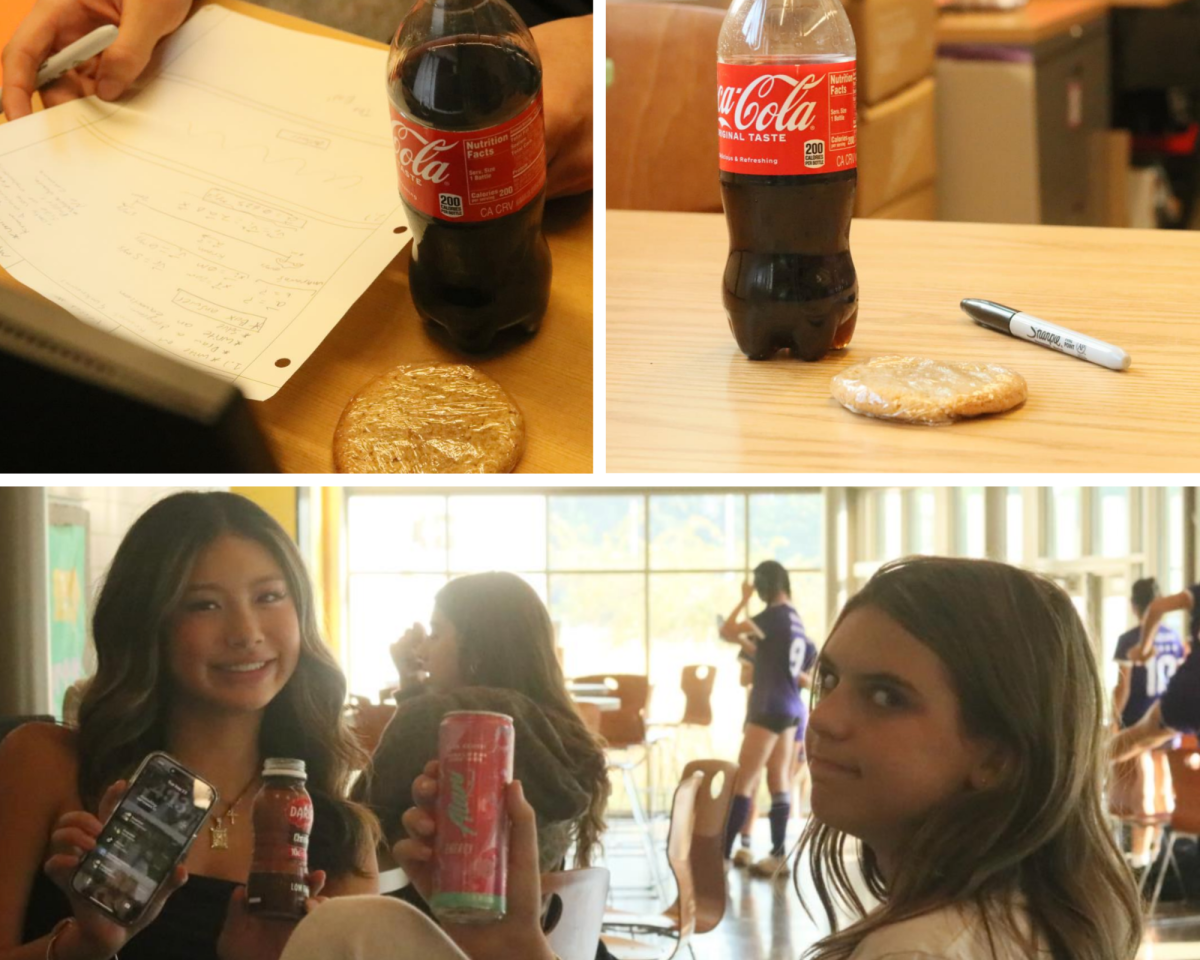
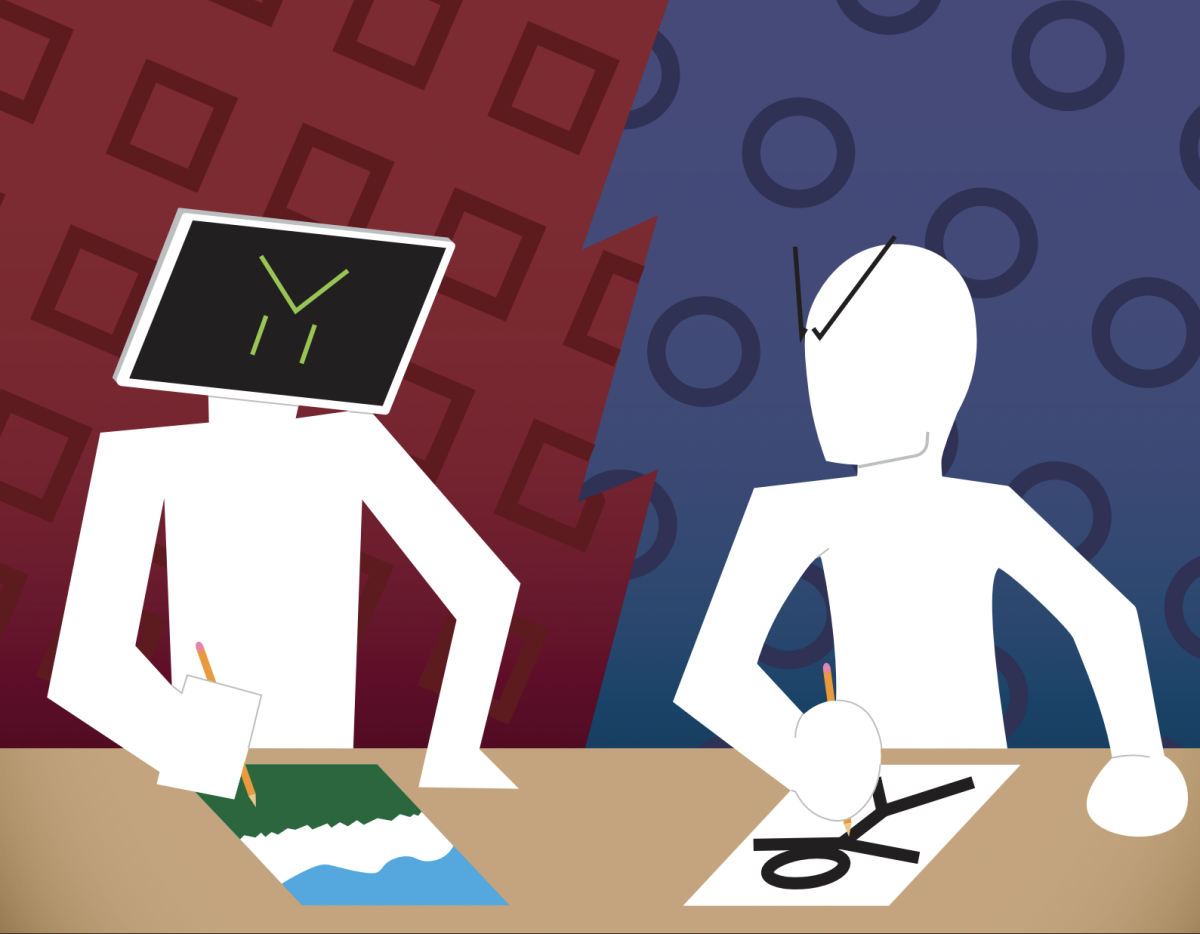
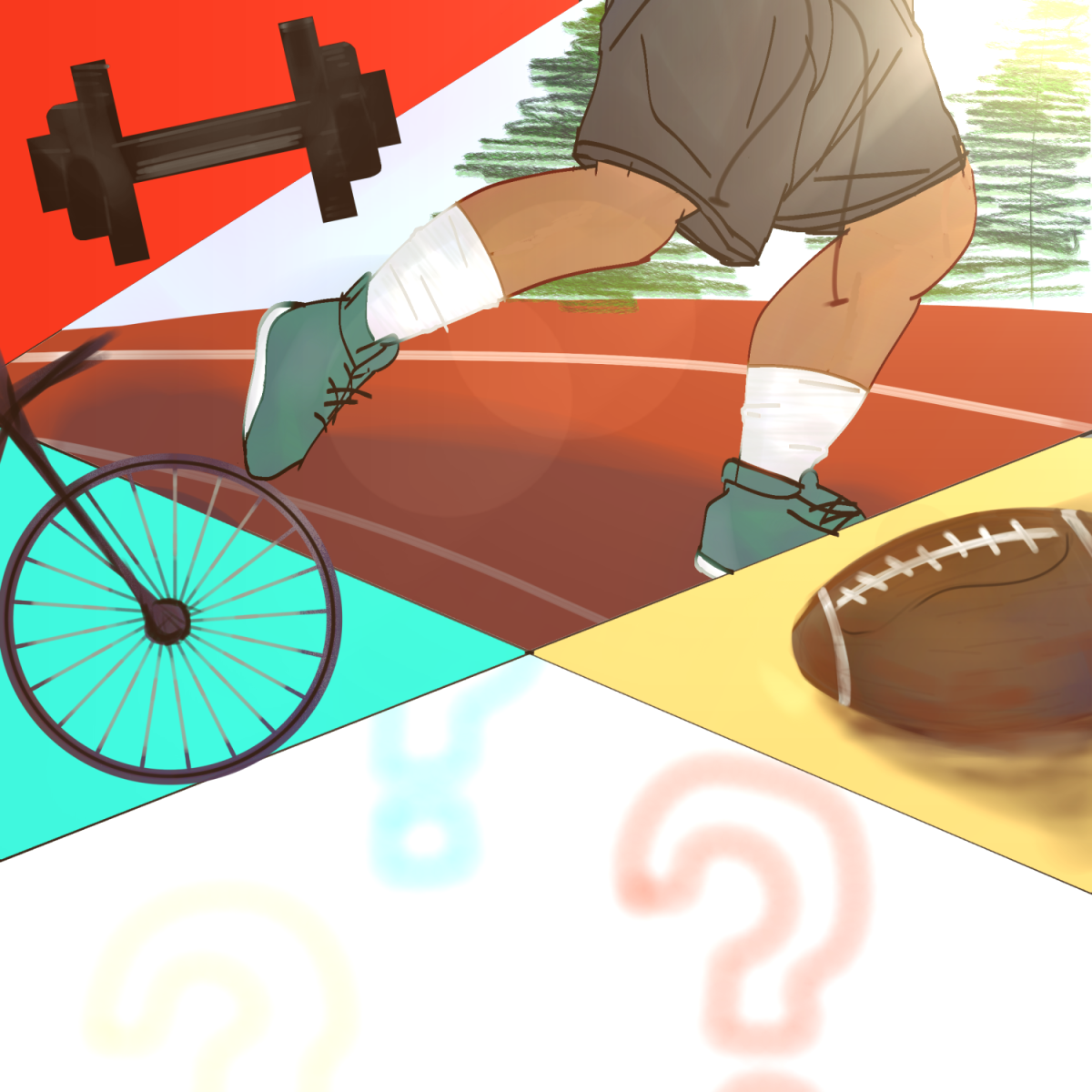

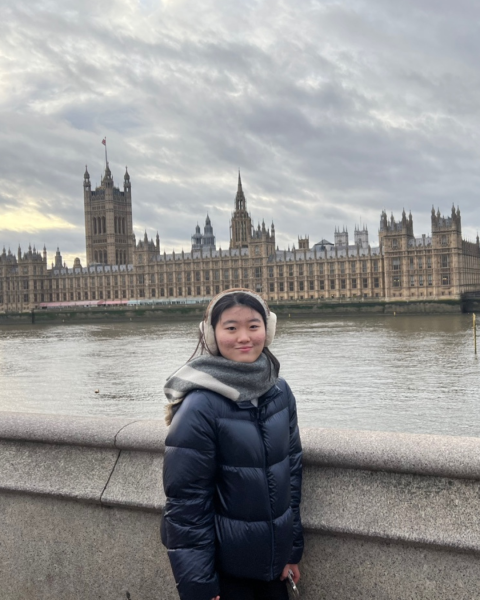
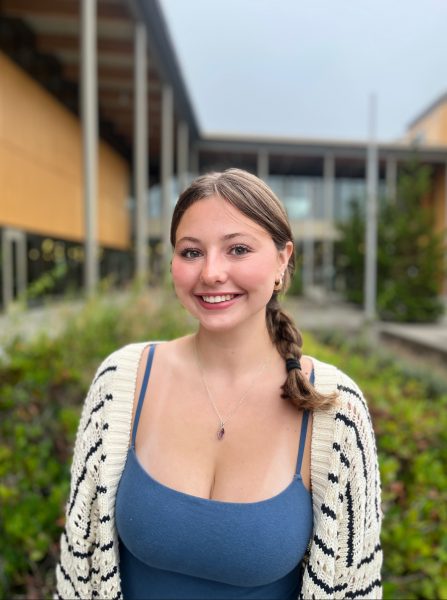
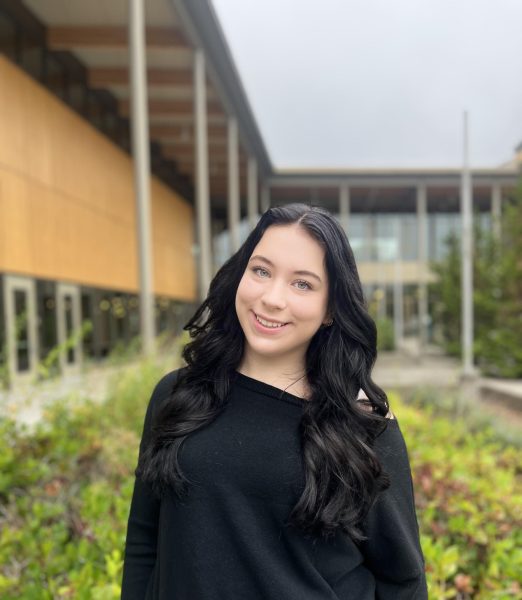
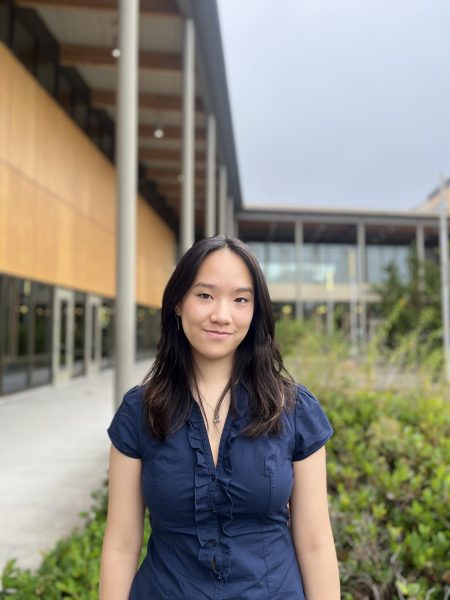
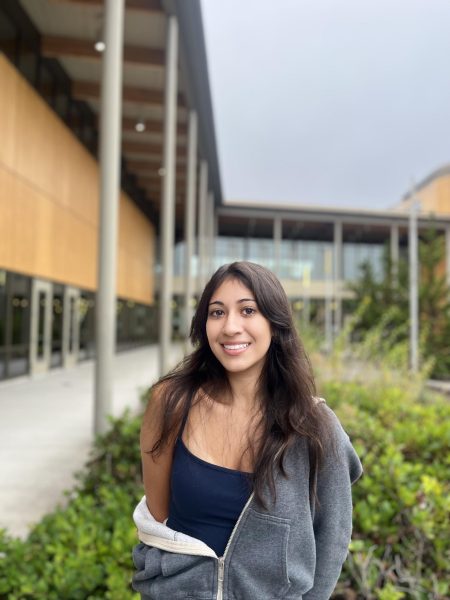
Maggie Dong • Oct 1, 2025 at 6:08 pm
Will students get a teacher or just with a sub permanently? How does the school think about the impact for students?
Killian • Oct 1, 2025 at 4:23 pm
This is a great article! You’ve done an excellent job of finding the right quotes from the right people. Interviewing students is an obvious choice, but getting the perspective from parents is a solid extra step, and finding another teacher in the state who posts on social media is an exceptional application of journalistic skills. Starting by getting the official stances of parties involved was also an important part that was executed well. I also think you’ve done an amazing job of clearly explaining aspects that are important to everyone’s perspectives and positions. The effort put into this comes through clearly.
As my personal statement, I don’t believe “preempting disruption” in this way is effective. If you want to preempt disruption, why can’t you simply tell them, “You can’t do this”? Their hastiness to move to this option leads me to be more suspicious of their motives. Pretextual punishment is common in cases of censorship, although I know in these bureaucracies it is common to punish harshly rather than to attempt to resolve or prevent things. A big part of this country’s foundation is “innocent until proven guilty,” and I think that concept is important to consider here.